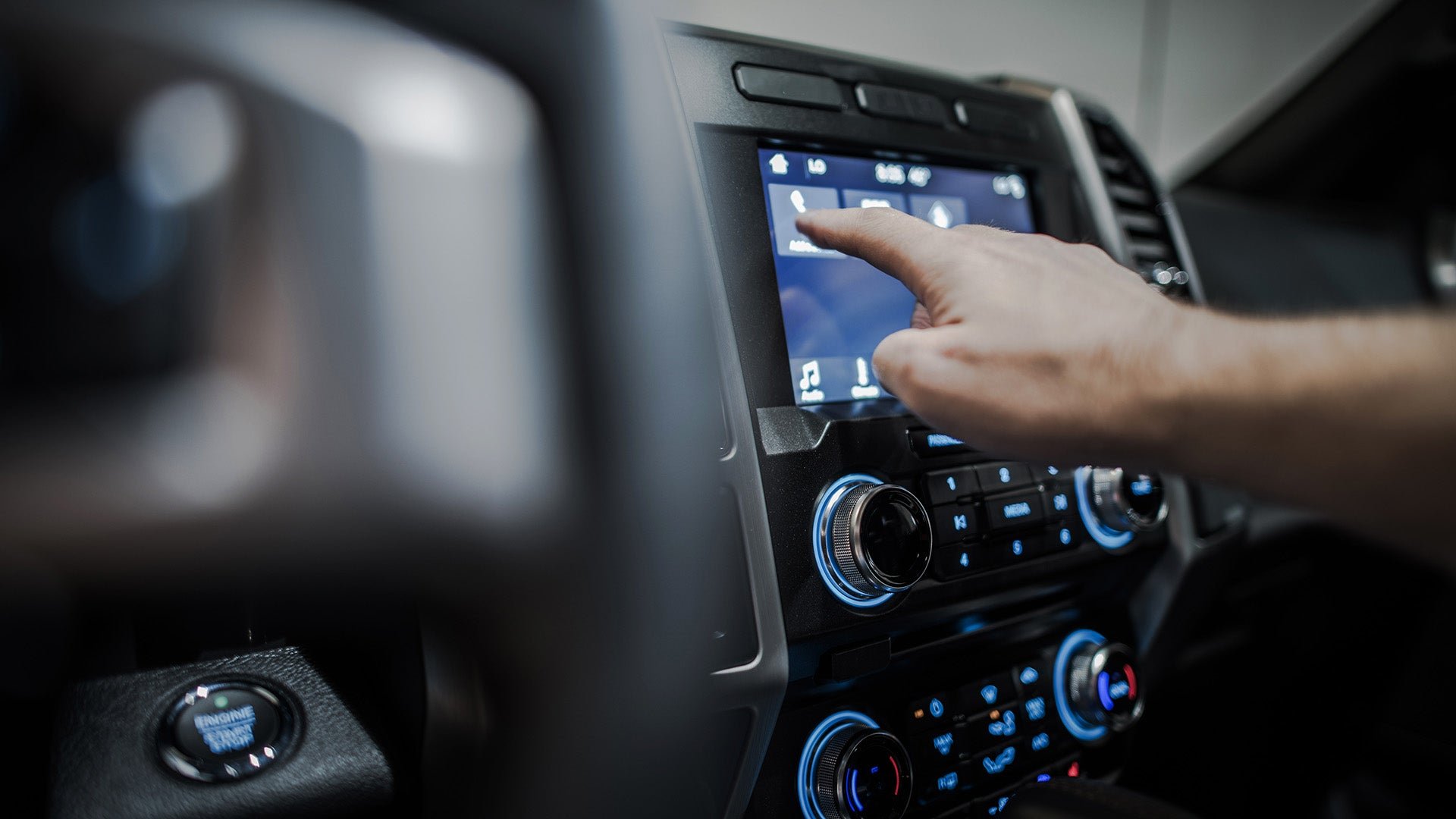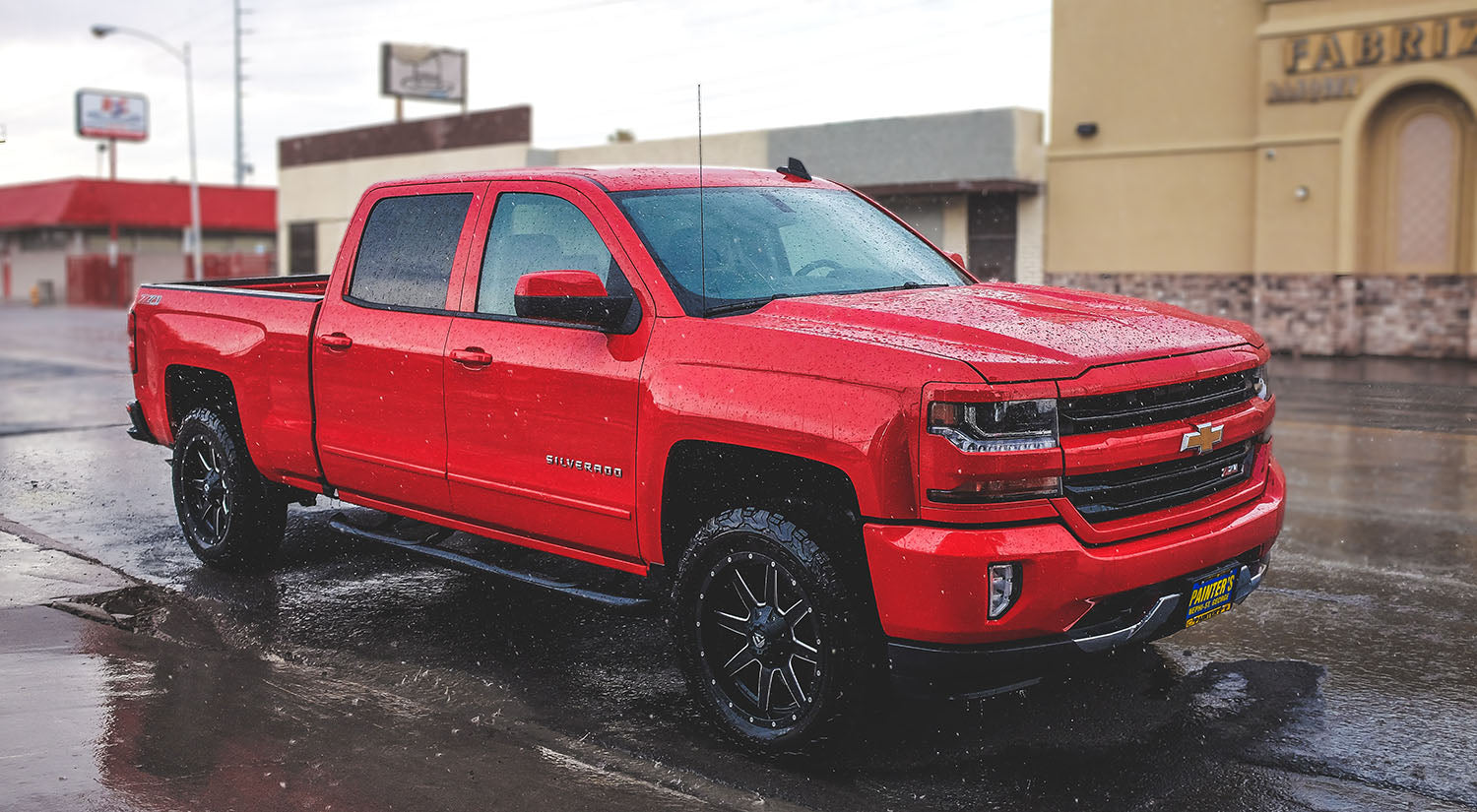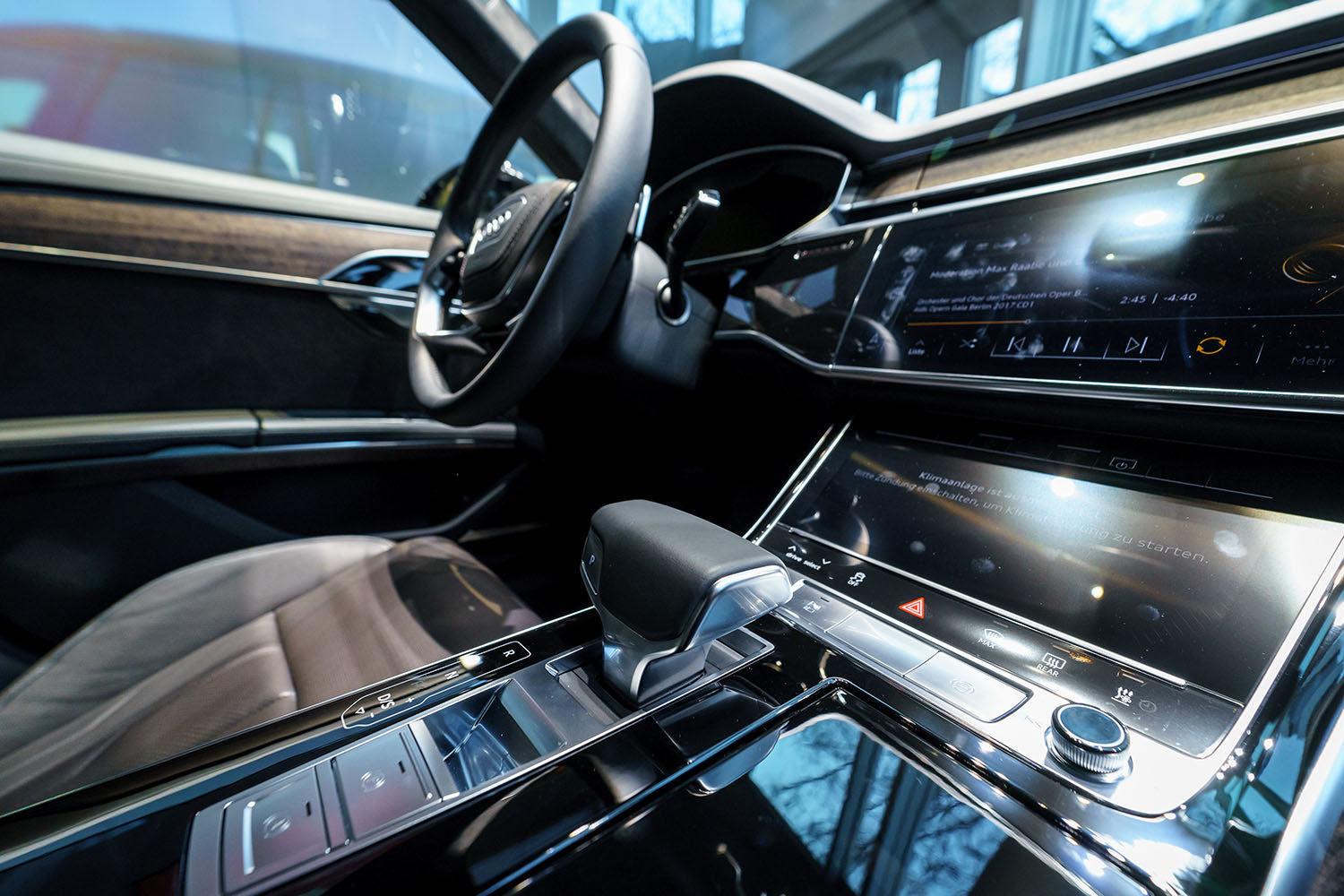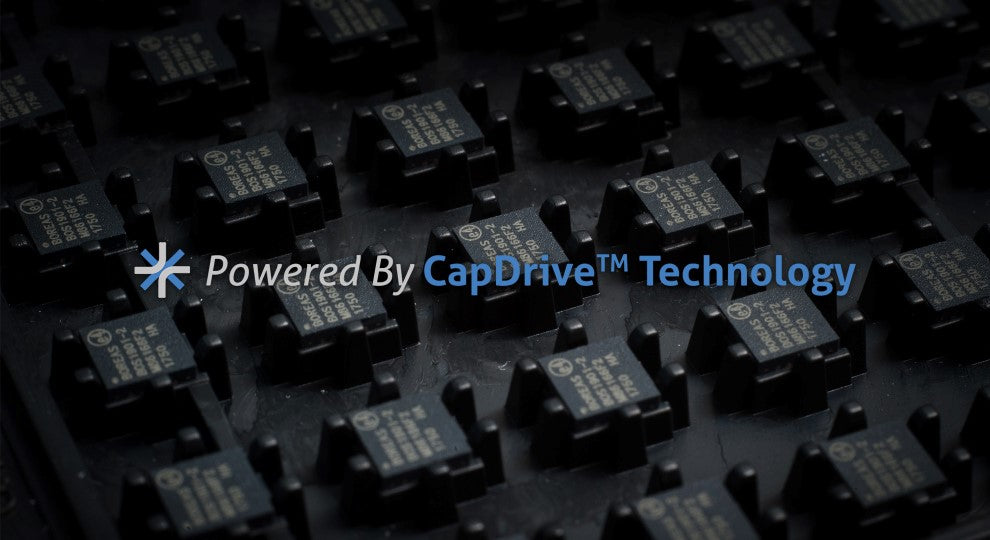
Just like the mobile device and personal computer industries, the automotive market saw the touchscreen adoption rate meteoric rise in the last ten years. Almost all new vehicles now come with infotainment using touchscreen as their main human-machine interface (HMI).

Early adopter automotive OEM and Tier 1 didn’t use the best technologies at first, though. Resistive touchscreens, bad software UX and reaction times of multiple seconds plagued automobiles for the first part of the last decade. Since the product development cycle tends to be longer in the automotive industry, newest touchscreen technologies (like capacitive touch and better software UX) took a little bit more time to arrive in our vehicles, but they’re here to stay in 2020.
While the touchscreen adoption rate in automotive cockpits was phenomenal, many specialists in the industry raised red flags over safety concerns. Their arguments against touchscreens: touchscreens can’t be operated without visual attention, they’re slow to react and they distract the driver. While these arguments are legitimate, they aren’t based on scientific data, but on personal opinions.
It’s true that early panels used in automotive infotainment systems weren’t up to the task, particularly in the reaction time and touch accuracy on resistive touchscreens, but those concerns can now be put to rest since OEMs and Tier 1 started using capacitive touchscreens. Software UX is also evolving to better adapt to the driver’s needs.
Studies now show that the touchscreen is now the fastest input device for secondary tasks. Studies also show that haptics can significantly reduce the eyes-off-the-road time when used in a touchscreen. Haptic feedback can help the driver feel buttons on a flat surface and tell the driver when his command is registered.
Automotive Haptics in the Last Decade
Haptic can also be used in different areas in the driver’s cockpit to improve safety and awareness. Let’s see how haptics are currently used in automobiles and how they will evolve.
General Motors Safety Alert Seat

General Motors, with their Chevrolet brand, introduced in 2015 the Safety Alert Seat. Using haptic feedback in the seat, the vehicle can share collision risk and lane departure to the driver. The technology was a novelty, it was one of the first vehicles to use the touch sense to communicate with the driver.
Audi MMI Touch Response

Audi’s MMI (multimedia interface) platform is constantly evolving. From touchpad to rotary knobs, Audi is now using touchscreens with tactile feedback in their high-end vehicles line-up. The whole software experience is also designed to be optimized for the automobile. Audi announced MMI Touch Response in 2017 in the A8 sedan.
The whole MMI Touch Response experience relies on three screens: one behind the steering wheels and two on the infotainment system. The main infotainment touch panel use haptic feedback when the driver uses the screen buttons to enhance the user experience and reduce eyes-off-the-road time.
The Audi MMI Touch Response system is getting rave reviews around the world from the automotive press.
Continental Haptic Feedback Display
Audi isn’t alone to use haptic feedback in their infotainment systems. A few Tier 1 do as well. Continental offers different types of haptic HMI controls to replace buttons under different kinds of materials and touchscreens.
Bosch Haptic Gas Pedal
Bosch developed an interesting application for the automobile in 2016. They used haptic feedback in a prototype gas pedal to communicate to the driver when accelerate to maximize fuel efficiency. The haptic “hints” can save up to 7% fuel consumption and reduce the vehicle overall speed.
The automotive industry’s last decade was mainly shaped by the touchscreen adoption. Not many OEM and Tier 1 are using haptic feedback and when they do, they use haptic feedback in very narrow use cases.
Let’s see how haptic technologies will evolve in the automotive market.
How Will Haptics Evolve in Automotive in the Next Decade?
We’ll see more haptic technologies integrated to vehicle cockpits in the future. Using better haptic technologies will allow manufacturers to use them in touchscreens, gas pedals, seats and steering wheels and to create various tactile effects. Various effects mean that the vehicle can communicate different signals and alerts.
Haptic will also play a significant role in autonomous driving. Since there are different levels of vehicle automation, and they require different levels of implication from the driver, communication between the car and the driver will become crucial. Studies show that haptics are the most performing HMI to communicate take over request and to stimulate the driver’s attention. We cover the benefits of haptic technologies in autonomous vehicles in one of our blog articles. You can read it here.
Piezoelectric Actuators Will Make the Road Safer
Piezoelectric offer better performance and offer many new types of tactile effect possibilities. To learn more on how piezo actuators compared to other legacy haptic technologies, please read these articles:
In short, piezo actuators offer:
- Stronger feedback
- Smaller footprint
- Faster reaction time
- Lower power consumption
They are perfectly suited to improve safety alerts and warnings in the cockpit. You can learn more on that matter here.
New Piezo Haptic Driver IC Technology

Piezo actuators have been around since a few years. The reason why they haven’t been adopted by automotive OEMs has nothing to do with the actuator itself. It’s because of poorly performing piezo driver integrated circuit technology.
Piezo actuators need high-voltage electric current to create tactile effects. Previous piezo drivers consumed a lot of power to achieve the desired voltage levels needed to operate the actuators. The high-power consumption also brought high levels of heat generation. While power consumption doesn’t seem like a major concern in a vehicle, the power available for electronics in the cockpit is limited.
Things have changed lately. Our patented CapDriveTM technology is a revolutionary piezo driver integrated circuit (ic) architecture designed to reduce considerably the driver’s power consumption. Using a CapDriveTM based piezo driver integrated circuit, you’re reducing the power consumption up to 10x. In fact, CapDriveTM makes piezo haptic technologies the lowest power consuming solution available. It is now possible to integrate with success high-performing piezo actuators to automobile cockpits. Our technology revived the industry’s interest toward piezo-based haptic solution.

Leave a comment